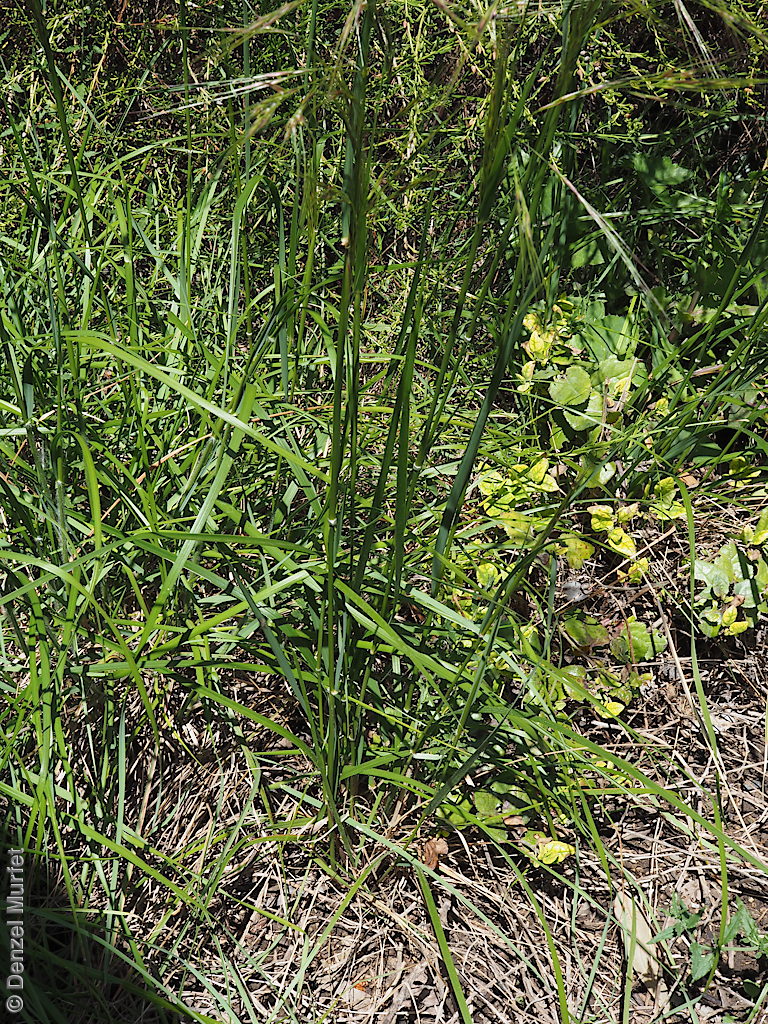



















Botanical art
Prior names
Stipa bigeniculata
Stipa curticoma
Common names
Short-crown Spear-grass
Short-crest Spear-grass
Etymology
Austrostipa from the Latin 'auster' meaning south and the genus Stipa; referring to the genus being allied to Stipa but restricted to Australia. Curticoma from the Latin 'curtus' meaning short and 'coma' meaning hair-tuft; referring to its short tuft of hairs at the apex of the lemma.
Distribution and status
Found on Kangaroo Island, Mount Lofty Ranges and the upper South-east in South Australia, growing in open forest and woodland and grassland on sandy or clay loam and limestone. Also found in Victoria. Native. Common in South Australia. Common in Victoria.
Herbarium regions: Northern Lofty, Murray, Southern Lofty, Kangaroo Island, South Eastern, Green Adelaide
AVH map: SA distribution map (external link)
Plant description
Tufted perennial grass to 1.2 m tall with culms unbranched and nodes densely silky hairs. Leaves glabrous or scabrous, sometimes sparsely pubescent with blade flat to inrolled, to 30 cm long and 5 mm wide. Inflorescence an open panicle to 30 cm long with long spreading branches and bulging purplish glumes. Flowering between September and January.
Key to this species: awn twice bent with coma, inflated glumes, short hooked callus, lemma with a narrow neck and a distinct sparse hairs (bald patch) just below, coma short spreading 0.5-1 mm, column scabrous or pubescent with short hairs 0.25-0.5 mm, awn greater than 45 mm with curved bristle. Fruits are brown lemma to 8 mm long, constricted near the apex with a tuberculate surface covered with golden brown to white hairs and a distinct 'bald patch' just below the neck, coma short, spares, spreading hairs to 1 mm long, callus short, hooked to 2.5 mm long, awn twice bent to 60 mm long with straight or curved bristle, column scabrous or pubescent with short hairs to 0.5 mm, palea about equal to lemma. Seeds are yellow-brown narrow ellipsoid grain to 4 mm long within the lemma. Seed embryo type is lateral.
Seed collection and propagation
Collect seeds between November and March. Use your hands to gently strip the seeds (lemma) off the mature fruiting spike, those that are turning golden brown. Mature seeds will come off easily compare to the immature seeds that remain on the spike. Alternatively, you can break off the whole fruit spike to allow some of the seeds to mature further. Place the seeds/spike in a tray and leave to dry for two weeks. No further cleaning is required if only seed collected. If seed spikes collected, use hand to strip off the mature seeds. Store the seeds with a desiccant such as dried silica beads or dry rice, in an air tight container in a cool and dry place. Viability of grass seeds could be very viable, depending on time of seed collections and seasonal conditions.